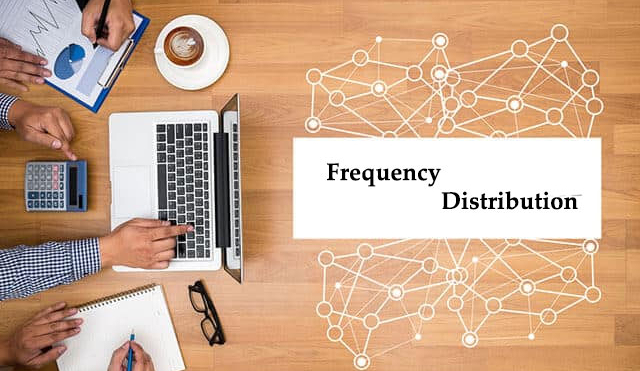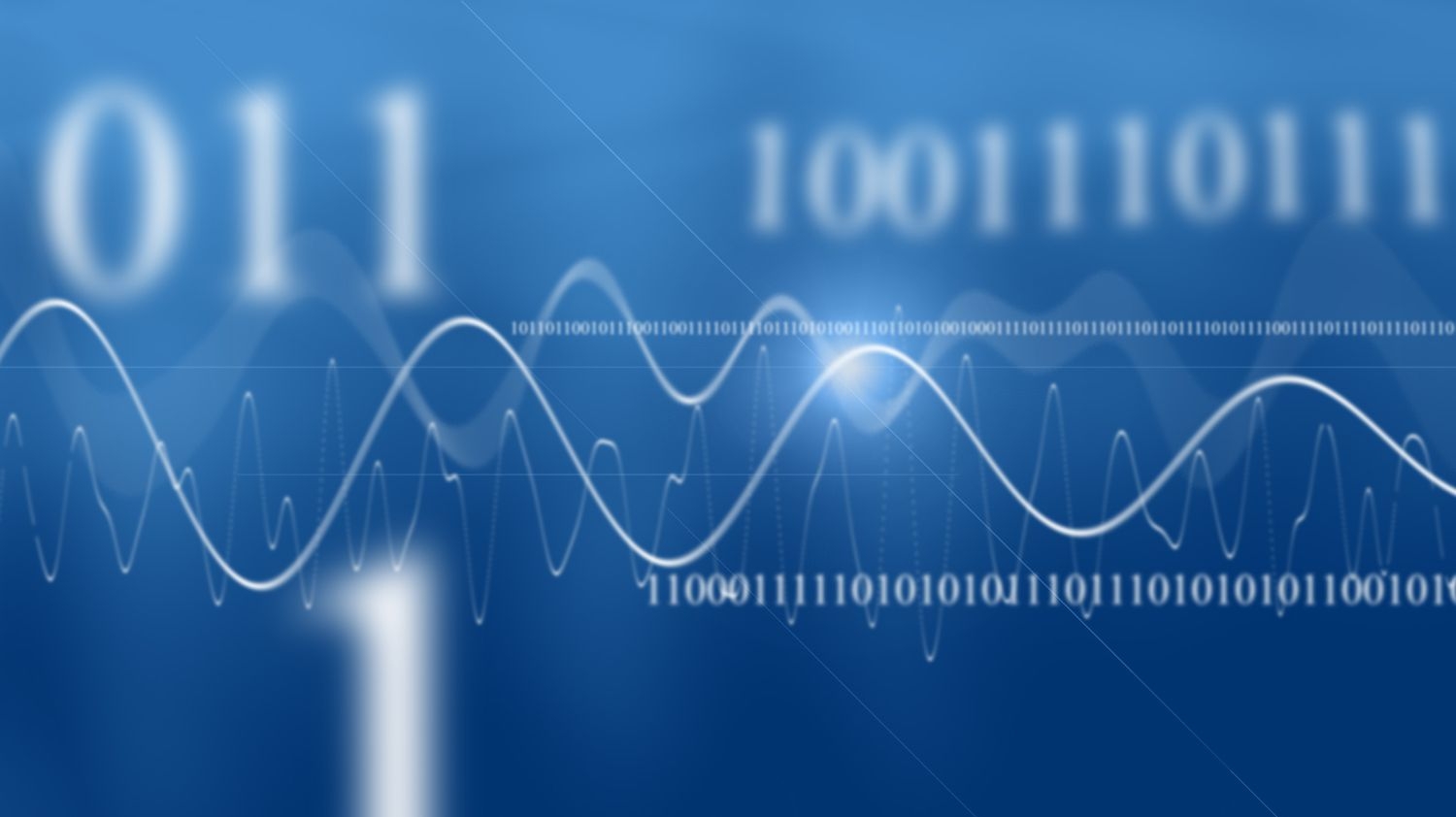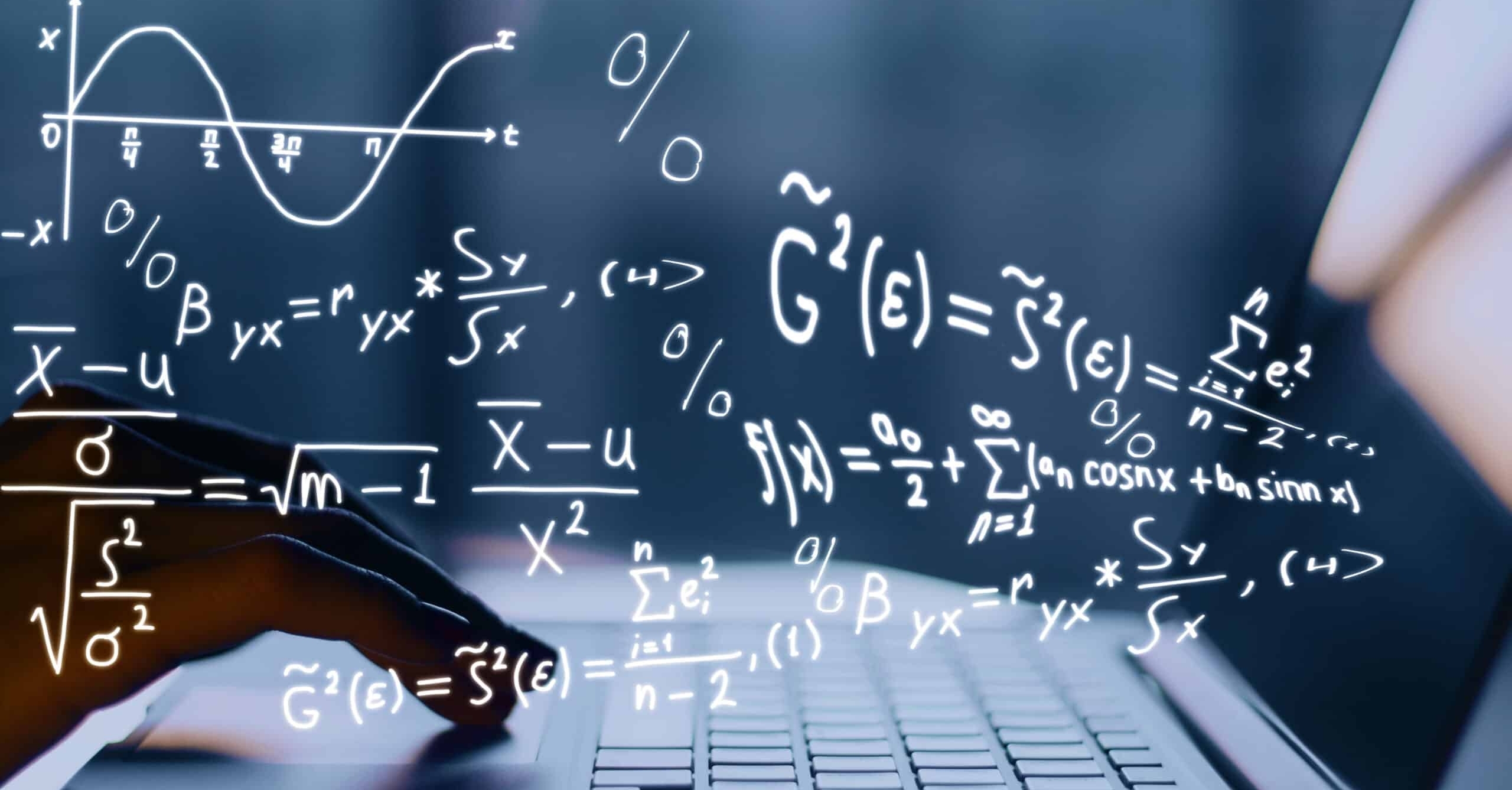
Quantiles and Quartiles
Atena2023-08-31T11:44:19+03:30Exploring Quantiles and Quartiles Quantiles and quartiles are fundamental concepts in statistics that provide a valuable framework for understanding the distribution of data and its central tendencies. These tools are essential for summarizing data, identifying outliers, and making informed decisions based on the spread of values. In this article, we'll delve into the world of quantiles and quartiles, exploring their definitions, calculations, interpretations, and practical applications. Understanding QuantilesQuantiles are values that divide a dataset into distinct intervals or subgroups, each containing an equal number of data points. They play a crucial role in exploring the distribution of [...]










